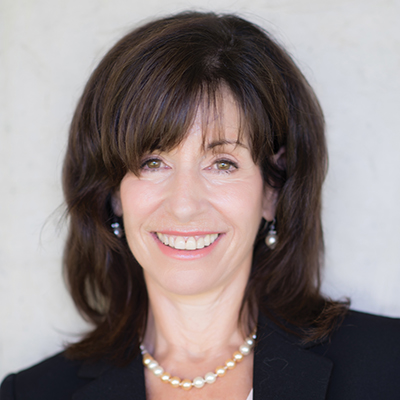Over the last two years at Kripalu, we’ve created a process that is leading to organizational culture change – an intensive, iterative listening tour, giving every employee the opportunity to speak frankly and freely about issues that most concern them. It is a process of deep listening where people speak “truth to power.” Through this process, the clear understanding of the vital importance for people to feel seen, heard, and valued has emerged, along with the recognition of how infrequently that happens in most organizations today.
The process has generated important questions for leadership: How can our workplaces serve in the development of people living into their fullest selves? Can our organization serve as both the mirror and the invitation for people to recognize their own value? As leaders, can we create environments that mirror back to people the value they bring and encourage the experience of feeling seen and heard?
As a CEO and a psychologist, I am cognizant of the development of self-perception that is pertinent as we think about leadership in today’s world, where we need people to bring their full selves – heart, mind, and courage – to our workplaces. My approach is grounded in human development. In earliest childhood, we construct a self that is a composite of the messages we take in from the meaningful people around us. To answer the question “who am I?”, we shape our beings, progressively narrowing our field of self-perception to be congruent with how we perceive others seeing us. Within the narrow margins of self-perception, which is so much smaller than who we truly are, we disown the parts of ourselves that don’t “fit.” The painful outcome of this process, paradoxically, is our yearning to be seen, valued, and invited to live the fullness of our potential. Within all of us, there is a deep desire for another to see the true essence of who we are. Seeing and being are intimately interconnected. Without the mirror in which we can see the fullness of who we are, we become what others see in us, leaving large chunks of ourselves behind. In those discarded fragments inaccessible to us, lies the creativity and wholeness of our power.
How can our organizations serve as such a mirror? For this to happen and for leaders to be able to steward the development of employees, leaders themselves need to be willing to engage in the challenge of deep self-reflection, in order to understand the parts of themselves that they have ignored, which are often replaced with the persona of a powerful position.
The Wizard of Oz acts a compelling metaphor for the 21st century CEO. In front of the green velvet curtain, the wizard is omniscient and feared – mysterious and “all-powerful.” Incapable of seeing the people before him, the wizard is not willing to truly see himself. Behind the curtain is the human: the stranded traveler, the vulnerable lost soul plopped down in Oz, unsure of how to solve the problems that come. It is not until the wizard emerges from behind the curtain and acknowledges himself as lost and disconnected from home that he is able to have insight into understanding what the lion, the tin man, the scarecrow, and Dorothy truly needed. It is in this moment of vulnerable humanity that the wizard becomes a truly powerful leader (healer).
Leaders too often identify success in the title or power of the position, disconnected from owning the truth of their own uniqueness. True, compassionate leaders strive to create space in which they can bring the uniqueness of who they are and therefore create space for others to discover their own gifts. How then do we invest in staff development? Much of what we have offered to our employees is professional skill-development and performance-based trainings. The understandings gained over the past two years of listening points us in a new direction, toward training that is process-based, focused on supporting human development and helping people to see and value their unique strengths. Ultimately, this developmental process supports individuals in independently being able to assess their strengths in alignment with the meaning of their work.
In a world in which we regularly witness the abuses of power and privilege, those of us in positions of leadership must be vigilant in our own self-observation, monitoring our egos and the myriad seductions of positions of power. We need to cultivate and become leaders who lead from our hearts, brains, and courage, not from behind a curtain. Leaders who lead from the self and see others as distinct, powerful and generative. Leaders who give freely, not clutching at power or threatened by collaboration, and who strive to see themselves and others with clarity. It is the greatest but most worthwhile challenge.


